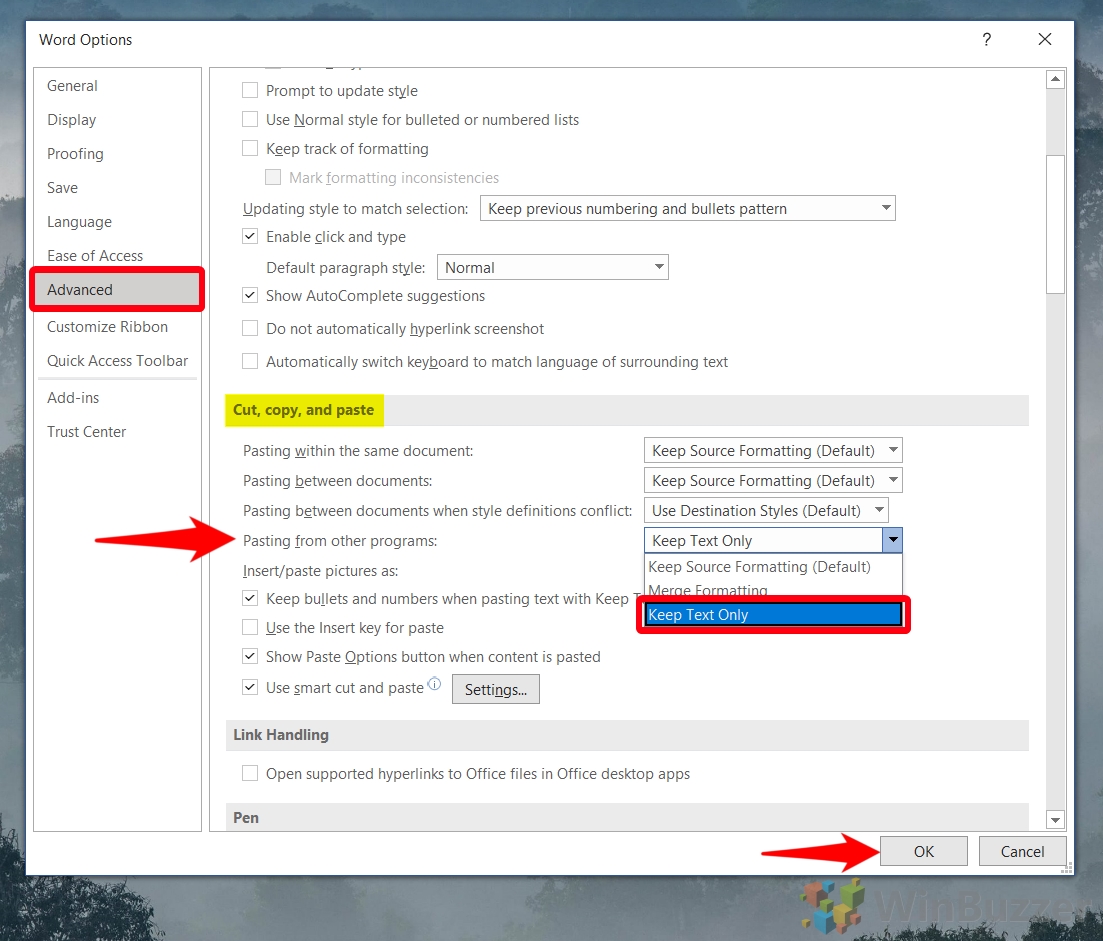
This initially seems counter-intuitive, but there is some logic behind it. This is primarily because you have to turn the Track Changes feature off before you copy the text. Thankfully you don’t have to, but it’s not always obvious how to do it. If you’re using Tracked Changes and you want to move part of a document to a new document, you might not want to lose those tracked changes. RELATED: How to Quickly and Easily Copy Formatting in Word Copying Tracked Changes From One Document to Another Anything you click or select after that gets pasted with the original formatting, and you can click the “Format Painter” button again to turn it off.įor more tips on using Format Painter, check out our full guide to copying formatting in Word. If you want to paste formatting to multiple locations, select the text and then double-click the “Format Painter” button. Select the text with the formatting you want to copy, hit Home > Format Painter and then select the text to which you want to paste the formatting. If you select just a few words of text, it copies any character formatting applied to that text. If you select an entire paragraph, it copies the paragraph formatting.

Format Painter copies the formatting from selected text and then pastes it into other text. It would be a pain to have to change each block of text to match manually, so Word provides the Format Painter tool to help.

You’ve got your formatting set just so, and now you want various other parts of your document to look the same. RELATED: How to Wrap Text Around Pictures and Other Illustrations in Microsoft Word Copy Formatting and Apply it to Other Text If you’re not sure what text wrapping is, or why you might change it, we’ve got you covered. If you copied an image, you can change the format of the image when you paste (which we’ll talk more about in the next section). If you copied text, for example, you could insert it as a separate Word document. The options available in the Paste Special window change depending on what you’ve copied.

For example, you could paste as a Word document, picture, or even HTML. The “Paste Special” command lets you paste whatever you’ve copied as a special document type. There are also a couple of other options on the “Paste” drop-down menu. The text will take on the default formatting of the paragraph into which you insert the text.


 0 kommentar(er)
0 kommentar(er)
